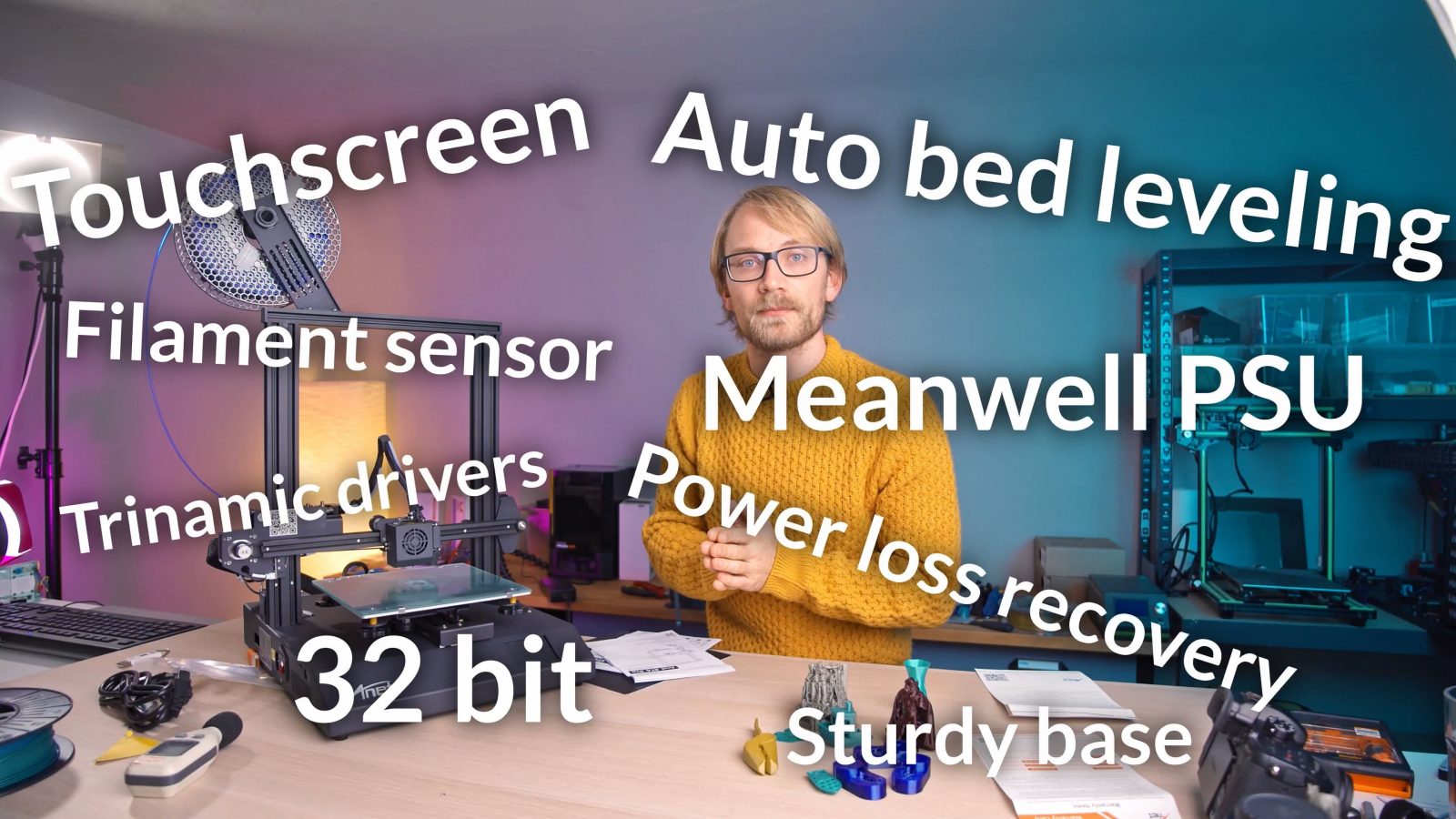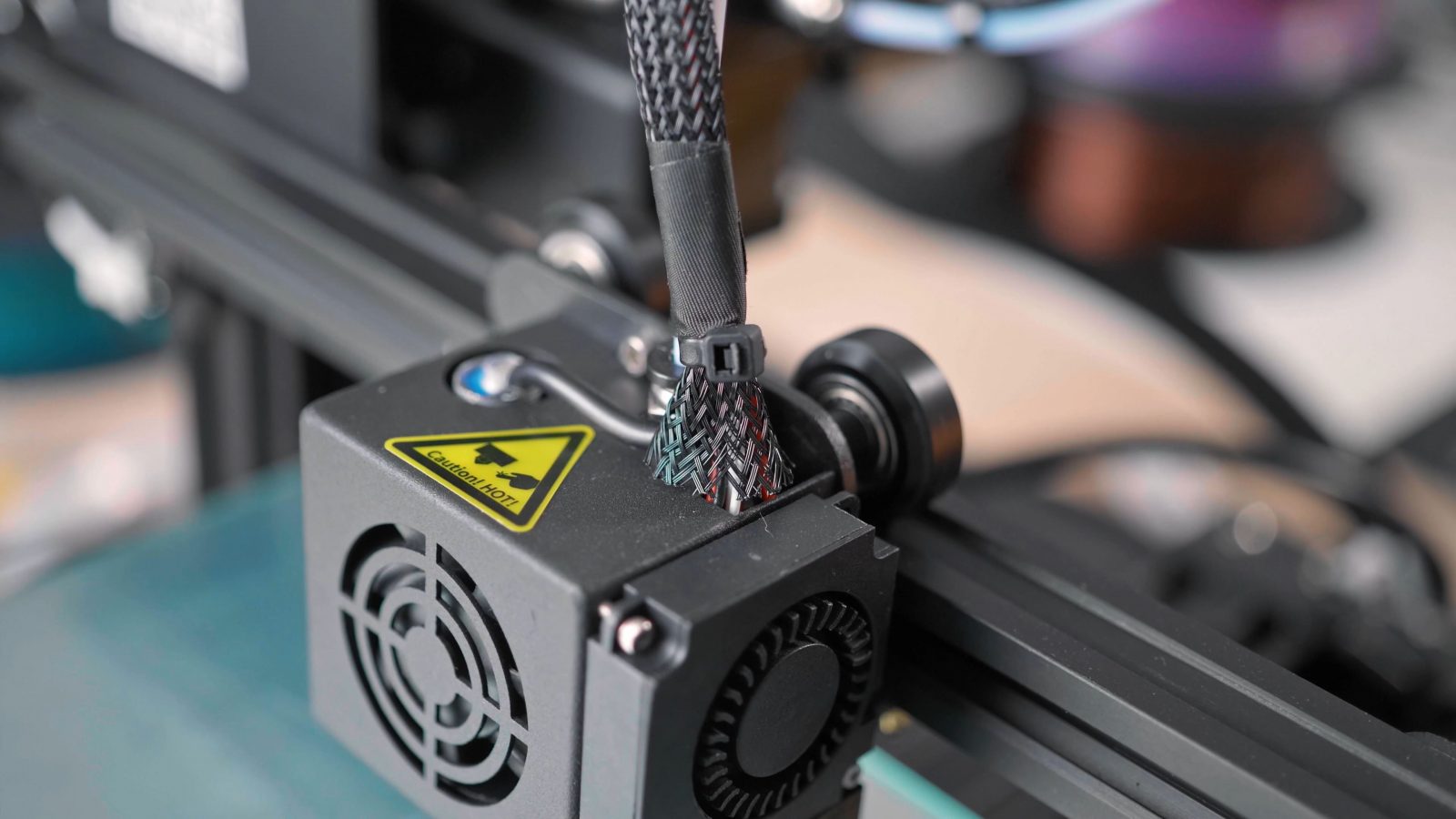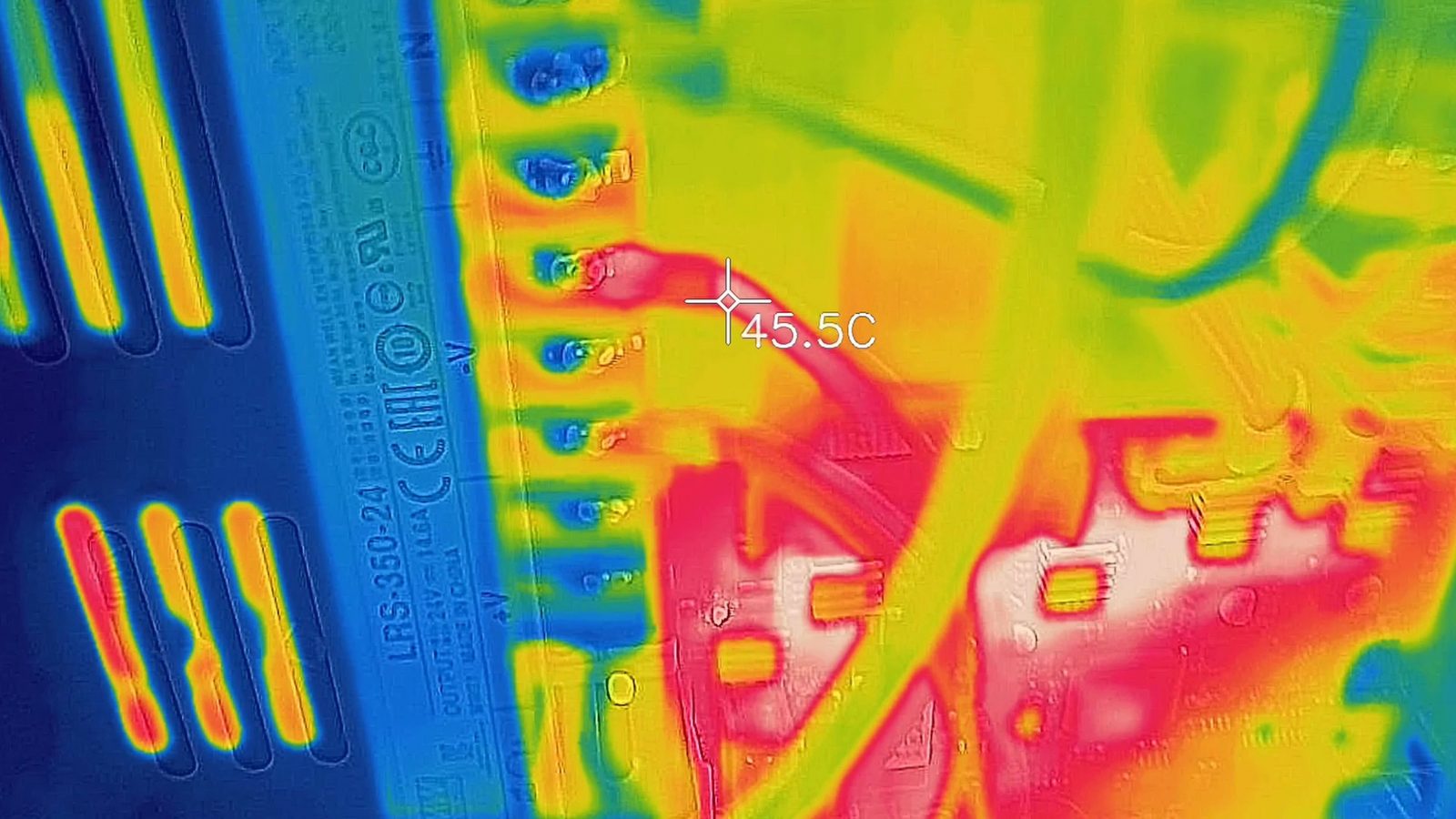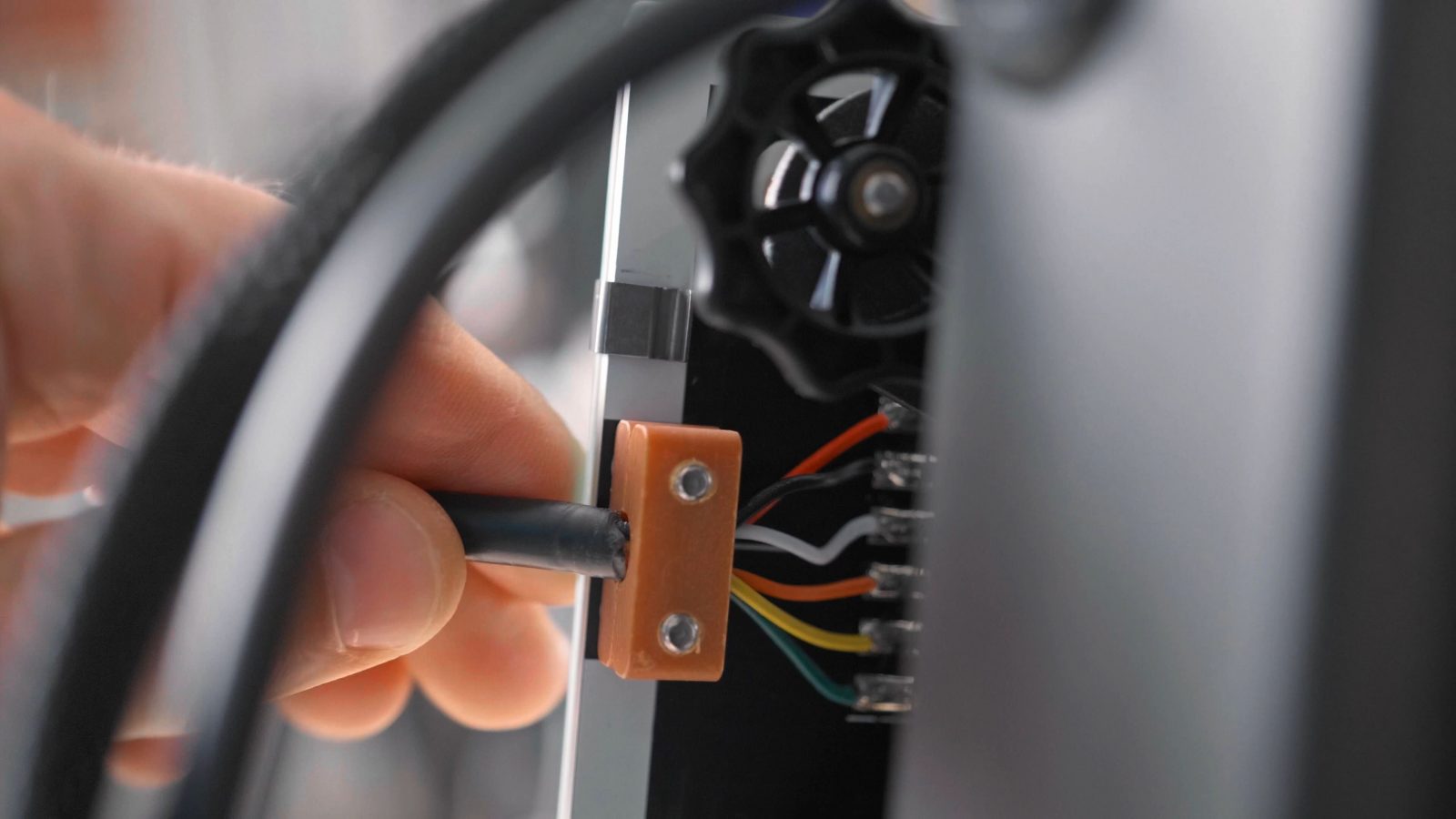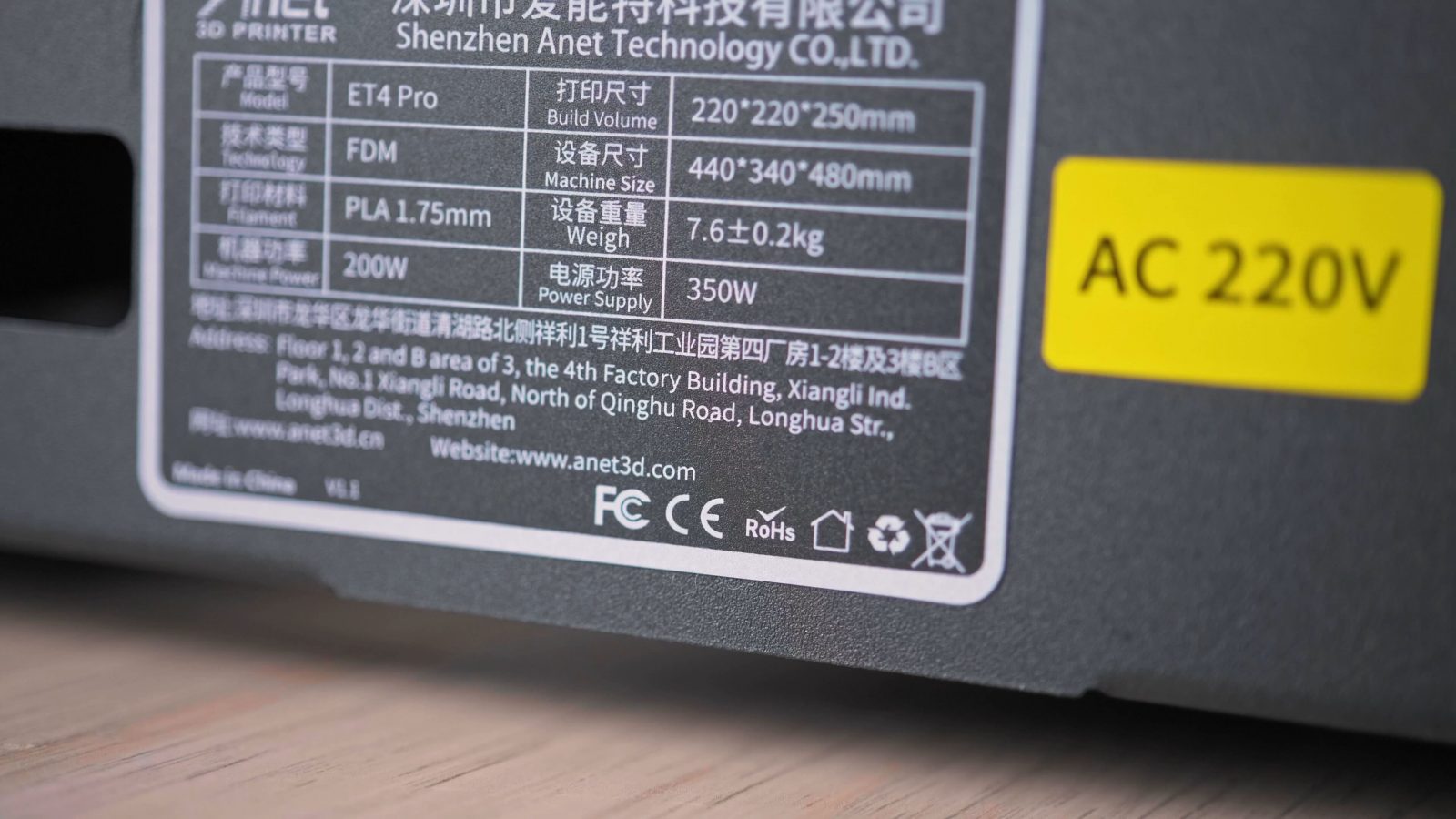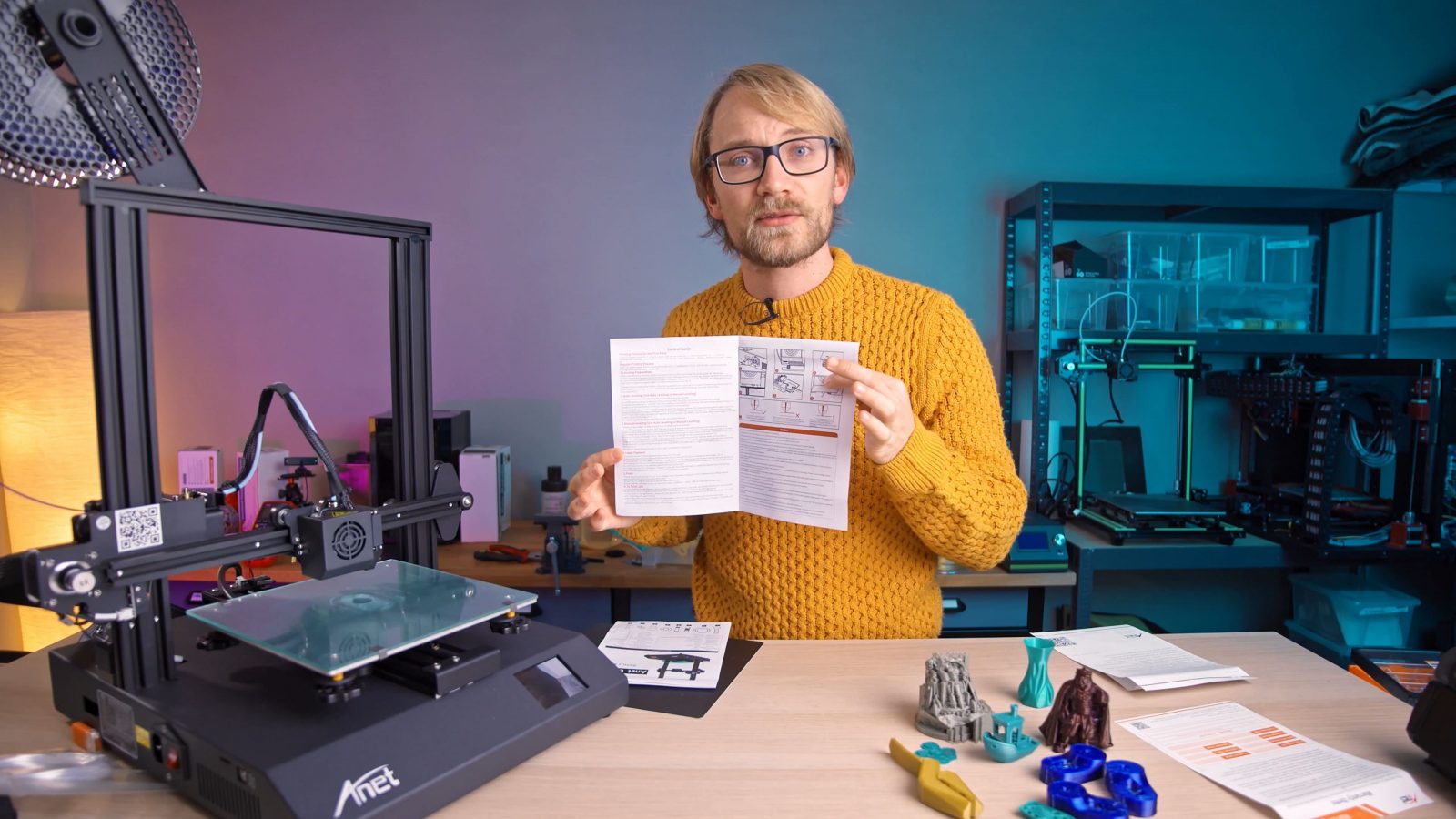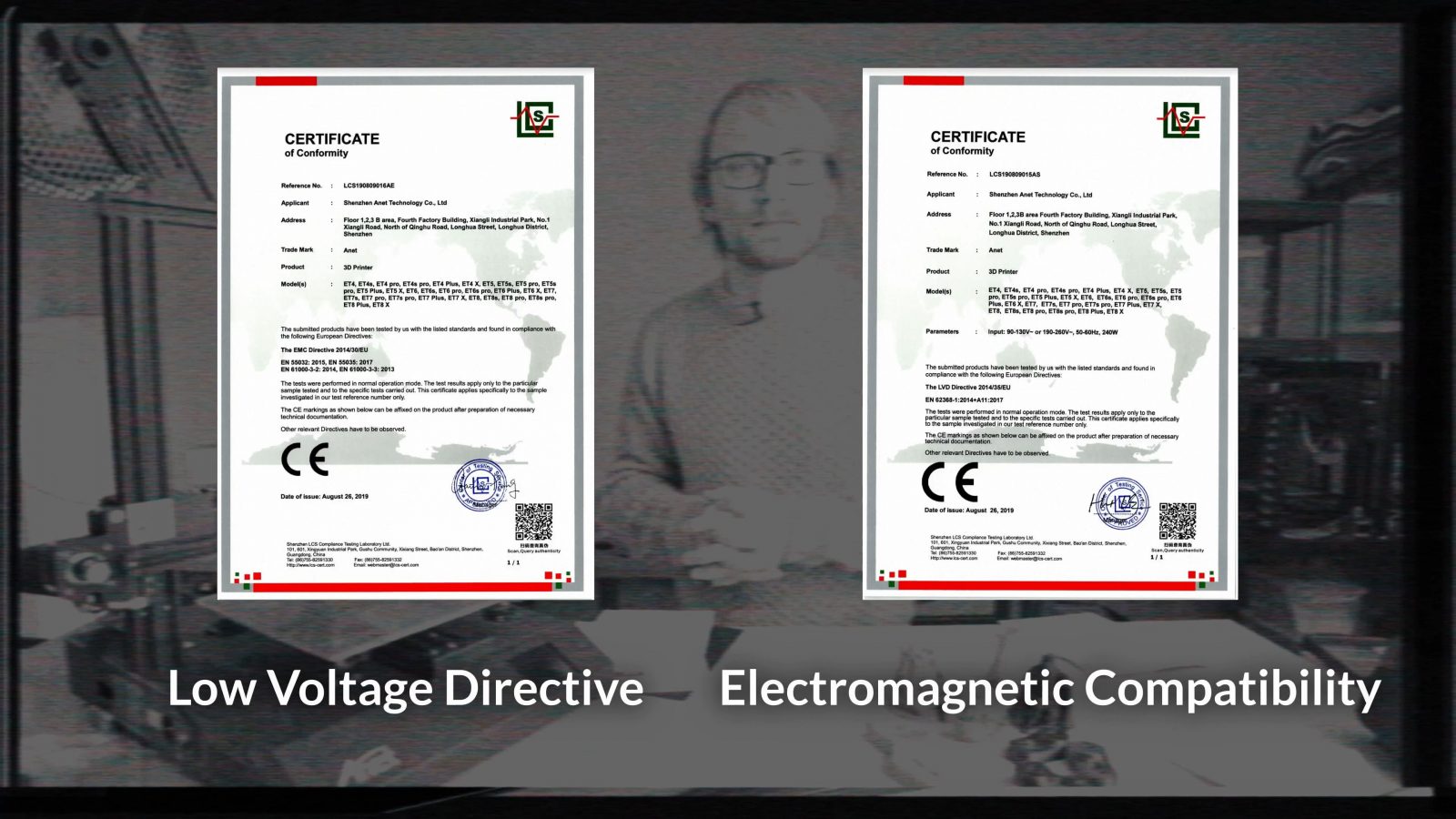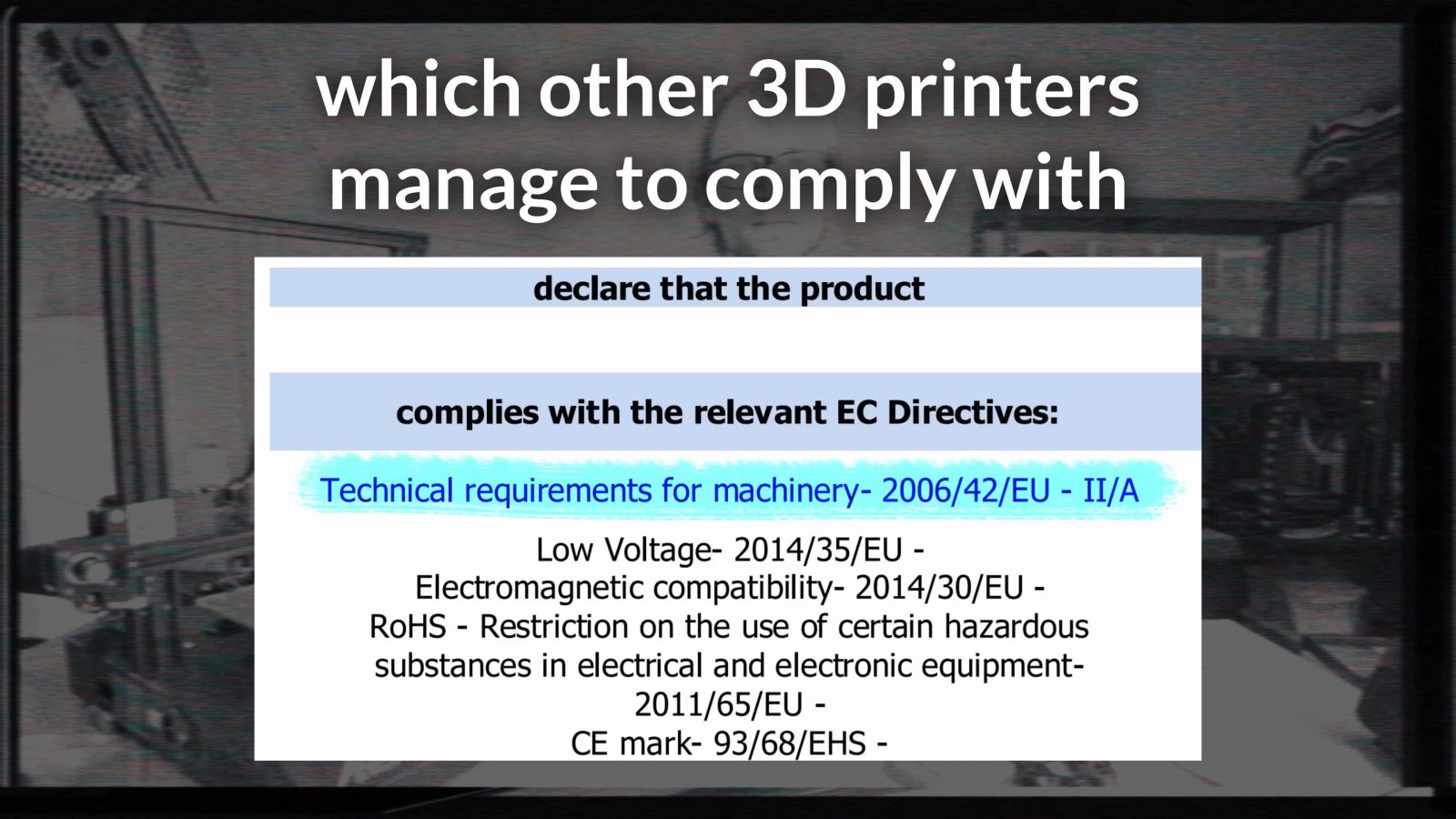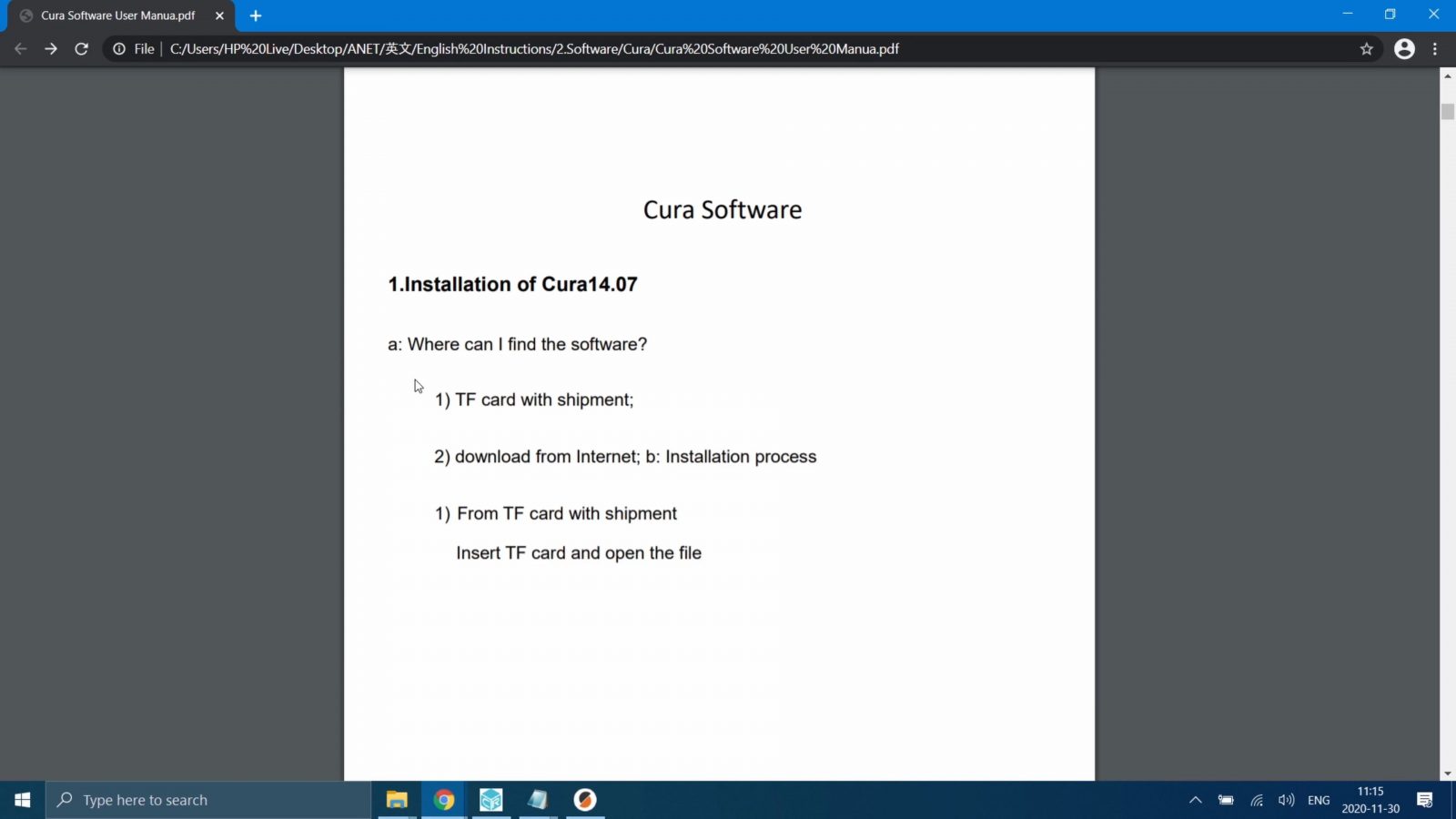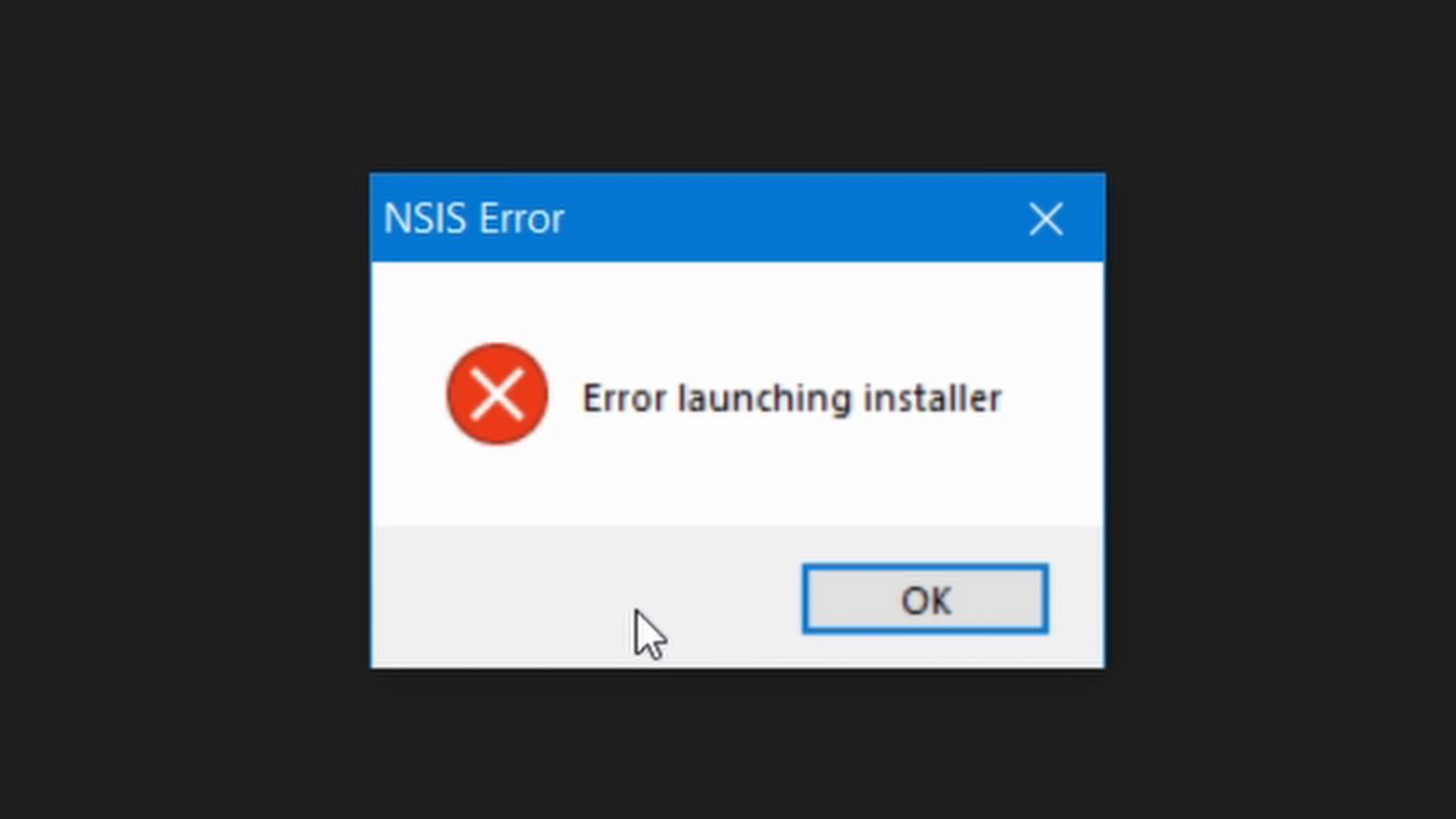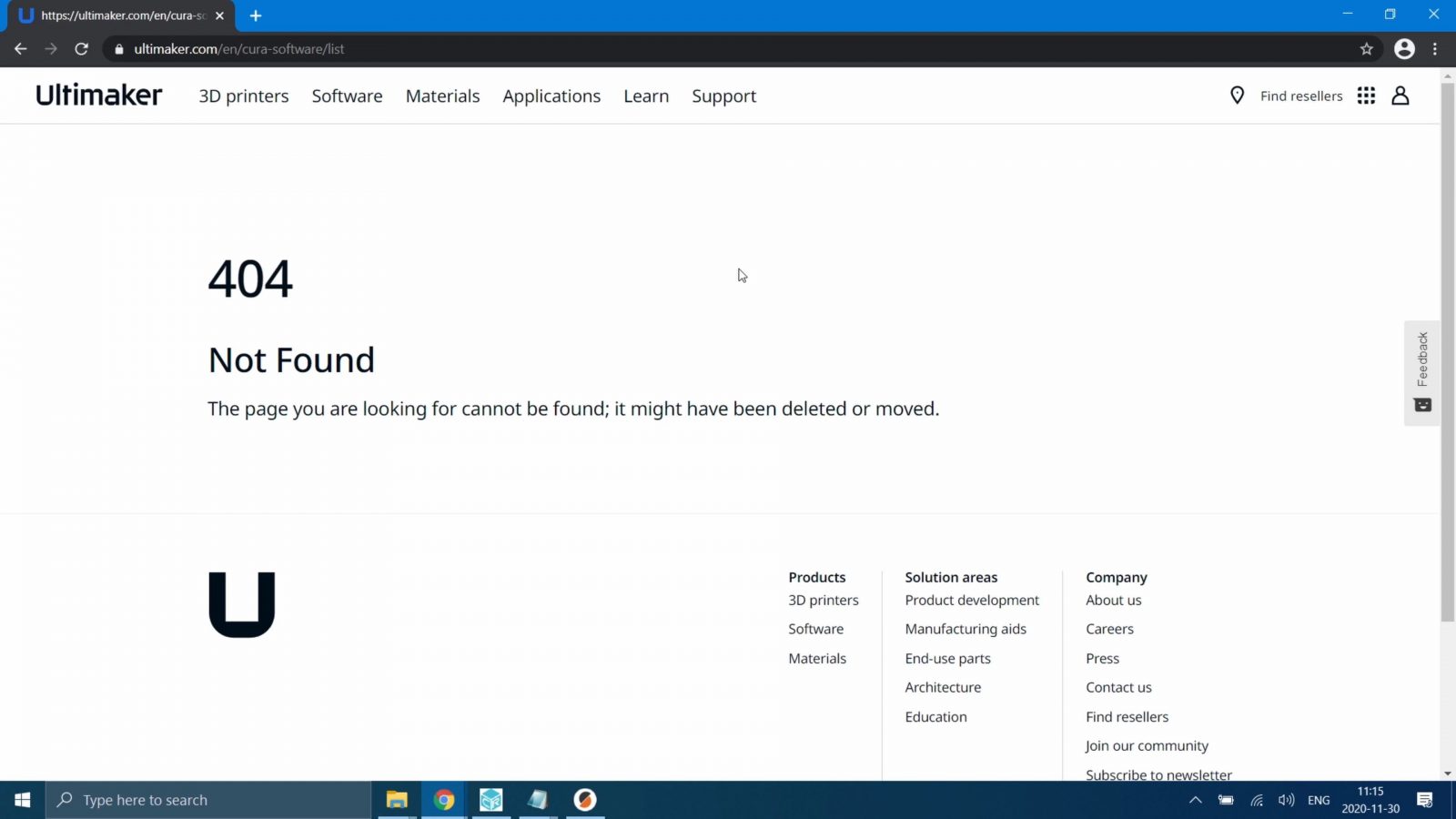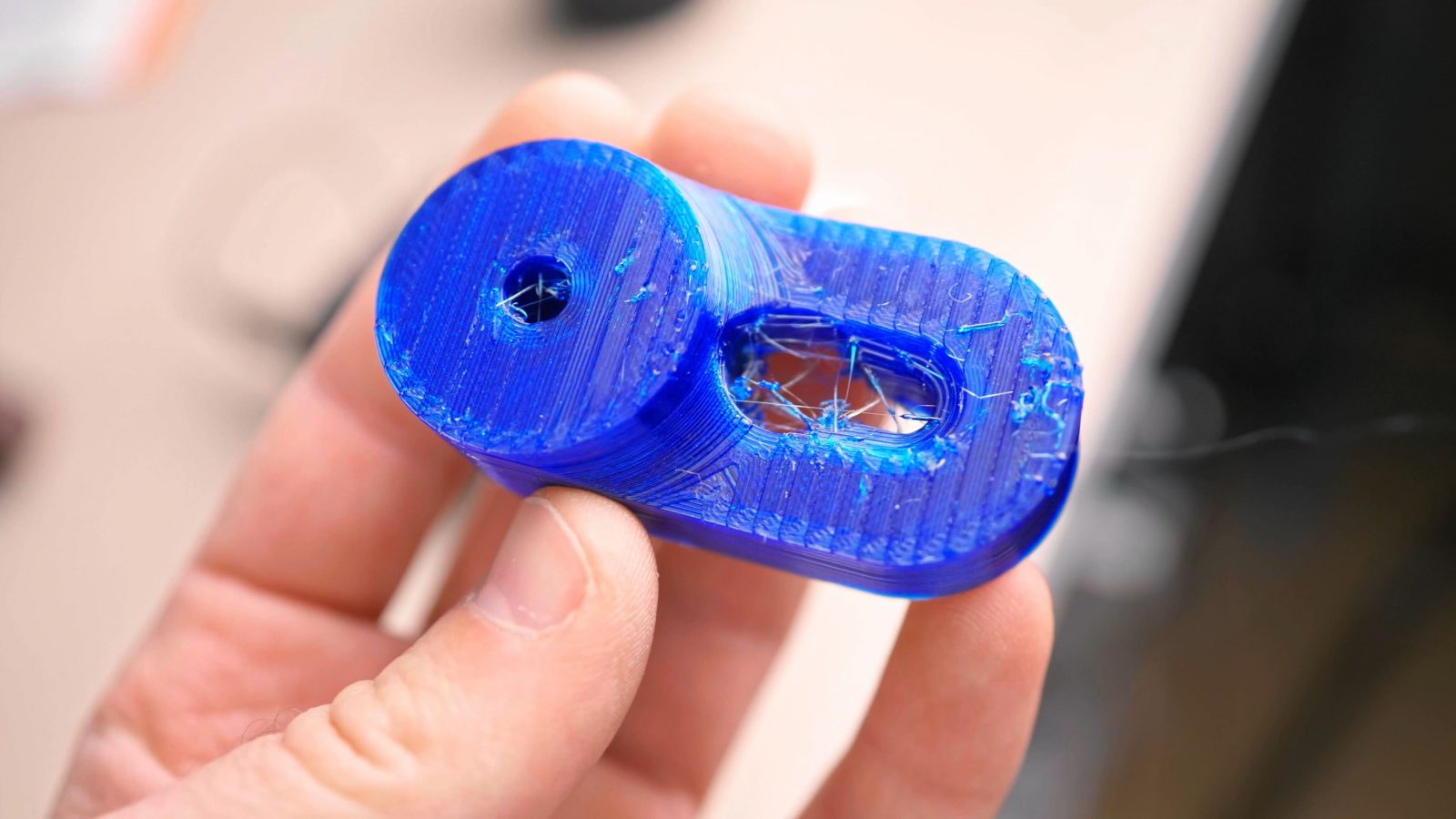Here’s a little behind-the-scenes: Some of you might already know this, but I script all the videos where it’s reasonable to do so, for example for a review, I do my testing, write down notes, and then write a script from those. It just makes for more compact and easier-to-follow videos, I’ve found. Writing this review for the Anet ET4 “Pro” has been the most challenging scripting process I’ve had to do for a while because the things Anet are trying to get away with here are making a mockery out of any 3D printer company that actually puts some effort into their products, and, for me, trying to look through that and make sense of it was hard. You know the 80/20 rule, 20% of the effort gives you 80% of the result? Yeah, Anet didn’t even make it to 20% effort. Having to test this printer was frustrating, it’s disappointing and, frankly, I find it kinda disrespectful to even put a printer in this state onto the market.
Imagine it is 2014
In 2014 I’ve just uploaded the first couple of videos to my channel and I felt absolutely terrified standing in front of a camera and then posting that for the whole world to see. The great folks on the Google+ community were actually super helpful. Auto bed leveling is the cool thing that everyone is talking about, it’s like, wow, this is making things so much better, 32-bit boards, brand-spanking-new stuff, you’d hand anyone this printer and they’d be like “wow, this the FUTURE”. It’s even got a touchscreen and you get a profile for the newest Cura, 14.07. That just came out in July! Of 2014.
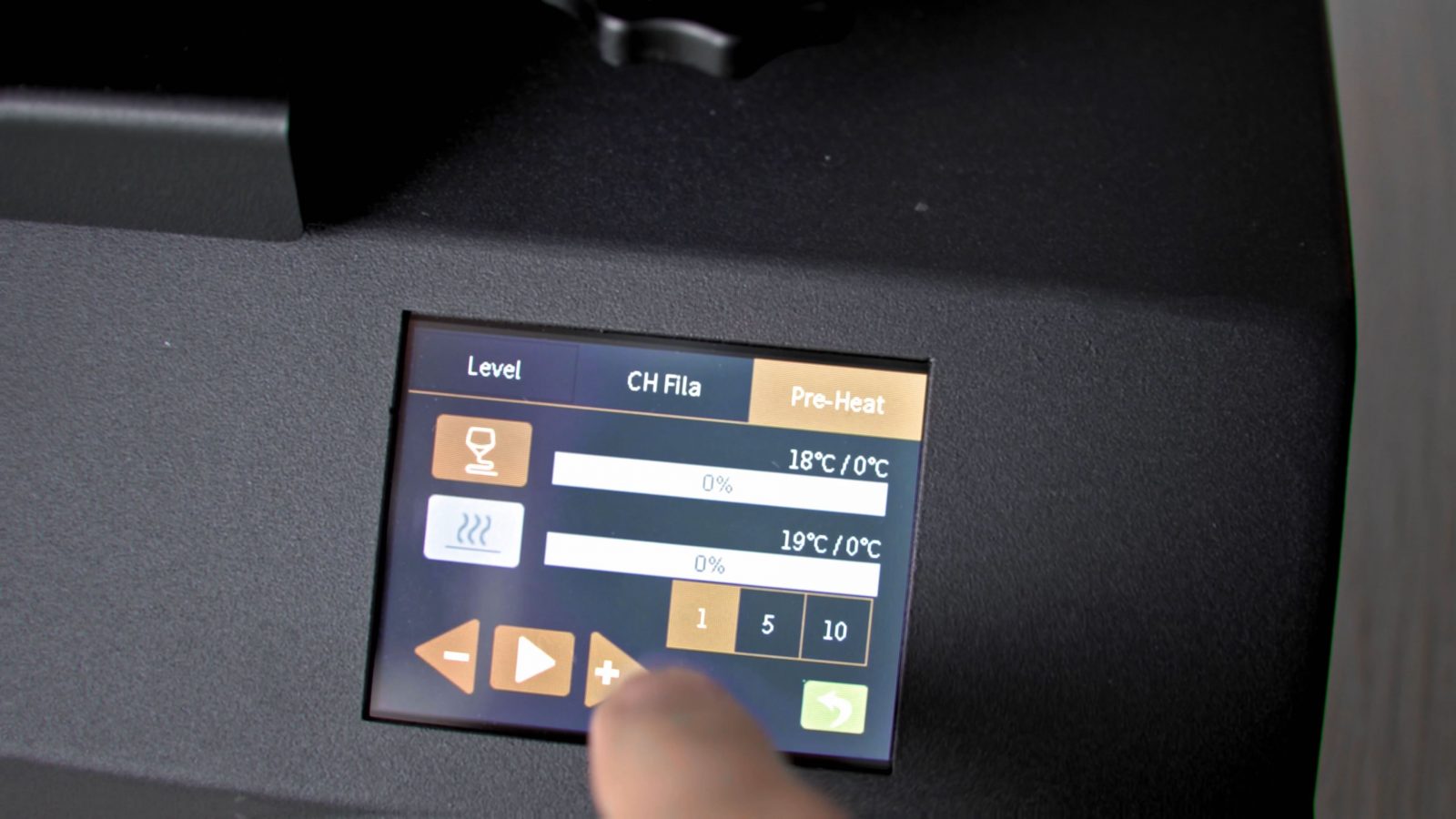
Hey, and if you’ve been subscribed since 2014 – that is amazing! But if you’re not subscribed yet, why not click that button now and ring that bell? It’s easy, look! Click subscribe, click the bell, choose all, and you’re never going to miss a video again.
Okay, but back then in 2014, nobody would have cared much about safety or proper instructions or having to create your own slicer profiles, because 3D printing was something that tech enthusiasts, nerds, were into, and just getting a full printer at under 200$ was amazing, after all, just a set of stepper motors and drivers and a mainboard already cost that much just a little while ago. But 3D printing has evolved, and it’s amazing that it did. Even with pretty cheap printers, you can now pick them up, assemble them in less than an hour, set up the software, and get great prints without having to fuss around with debugging problems or tweaking stuff before the machine is usable. Just last week I’ve reviewed the Ender-3 V2 and that’s a printer that delivers on that.
Features
And on the surface, the Anet ET4 Pro is equal to the Ender-3 V2, I mean, when you just look at features, it beats it outright with a touchscreen, auto bed leveling, and a filament sensor. The ET4 Pro has Trinamic drivers, it has power loss detection, it has a 32bit processor, a Meanwell power supply, and the monolithic-look printer base that hides all the electronics.
Safety
Wiring doesn’t look too bad, sure there are posts in the Anet groups where the hotend plugs burn out, but mine’s fine there, and I only discovered a connector right at the power supply that heats up to about 50°C, the bed wiring has already slipped out of this interesting clamp and is now being held in by the solder joints.
Like, that’s not too bad, right? At least the mainboard has a good amount of fuses, so that’s great to see.
Does the printer have CE? Well, they printed the right CE logo on the sticker, but they’re not providing a test report or anything like that, with a frame that’s not grounded and instructions that are not translated into the language of the destination country, I doubt the ET4 Pro qualifies to be legally imported or sold in the EU.
Update:
Anet did send me a Certificate of CE conformity after I had already finished this video: Low Voltage Directive and Electromagnetic Compatibility, but it is missing the (kinda important) compliance with the Machine Directive.
Print Quality and Software
Usually, I would start talking about print quality now, and for those tests, as always, I use the profiles and the slicer that the manufacturer provides, because if anyone knows what the hardware is capable of, then it surely has to be the manufacturer, who has spent thousands of printing hours on these printers, testing for faults, making sure it’s reliable and prints well so that the user has a good experience with their product. Here’s where things start falling apart. So during the live stream for unboxing the ET4 Pro, I was having some issues getting the printer to work. I would start a print, it would get stuck or say it’s done without actually printing anything. So people were guessing it was the SD card, so I tried one that was working on that Ender-3 and it didn’t work on the ET4 Pro. After I finished that stream, I tried a third card and that one finally got the machine to do anything. Like, the card that is included with the ET4 Pro doesn’t work with the ET4 Pro. How?
Because the sample gcode they’re providing is done with 100% infill, like, who sliced these files? Esun? I’m not too stoked about just wasting filament, I tried to slice my own. And Anet is including a slicer and profile. Cura 14.07.
That is Ultimaker’s Cura from July 2014. It’s six-year-old software they want you to use with this printer. And I couldn’t even get it to install. I guess Windows 10 wasn’t exactly out yet in 2014. Or, maybe, the included SD card really was corrupted.
So what do you do? Well, you try customer support, right? Surprisingly, they do have a ticket system, so I wrote “hey, the slicer doesn’t work, can you send me a working copy?”. A day later I get a response, sure, I can send it to you on Whatsapp! I, I mean… Is that how customer support usually works? So anyway, I grabbed an old phone, added Anet support on Whatsapp, and they actually sent over a Cura.rar and a config file. Aaaand it still didn’t work.
So, the question for me is, how am I supposed to judge print quality, when I don’t even have an “official” profile for the printer. If I set up my own profile, I could be way off and ruin print quality, or I might nail it and get fantastic results – but neither of those outcomes would be attributed to “The Anet ET4 Pro”, but “Tom’s setup of the Anet ET4 Pro”. I touched on this in the last video. For the ET4 Pro I started to go with Prusaslicer, default profile. This comes with pretty fast print speeds, so I also tried slowing those down a bit.
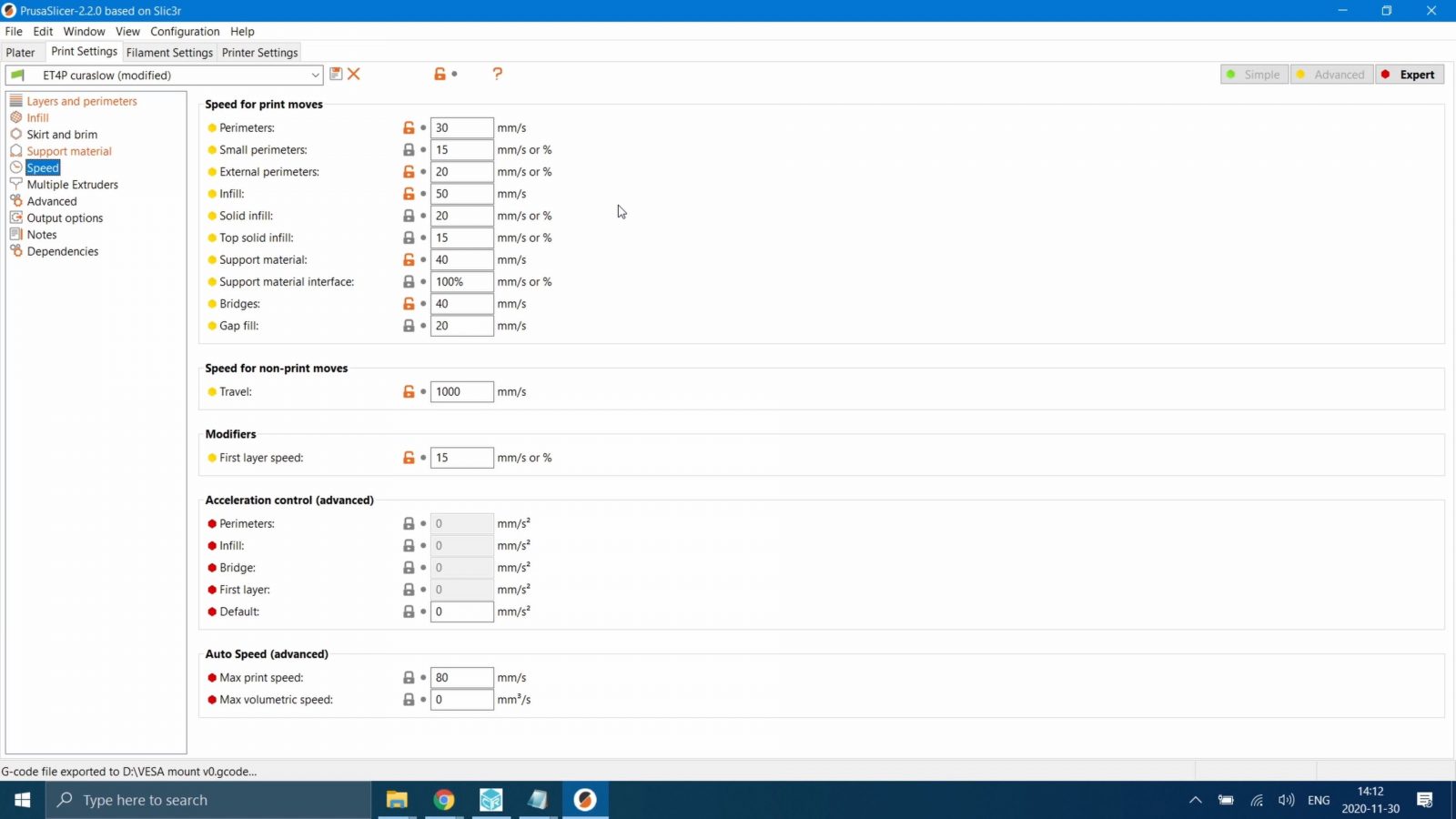
And the results were… horrible. It strings, layers are inconsistent, there’s curling; it’s super unimpressive, but that matches what other reviews have found.
Are there community profiles? Sure, dozens! Pick any one of them and you might get great results – or not. I’d wager on the “or not” side, seeing that the Teflon-lined hotend they’re using has a super long throat – which is bad for extrusion precision – and it isn’t even assembled straight.
At the very least, I would expect the manufacturer to provide working software or at least a guide for setting up another slicer, but Anet isn’t even doing that. You know, Artillery, with using Repetier Host, sure, it’s not my favorite, but it works. Creality has a rebranded modern Cura. That’s not perfect, either, but it works. Ultimaker, Prusa, and Raise3D even have their own software teams that build their own slicers, but Anet can’t be bothered to check if the 6-year-old slicer they’re wanting you to use even works.
Set-Up Instructions
I get the same “who cares” attitude from the manual – if you can even call it that. Why have instruction booklets when you can just provide a single A4 sheet of paper with a couple of photos on it?
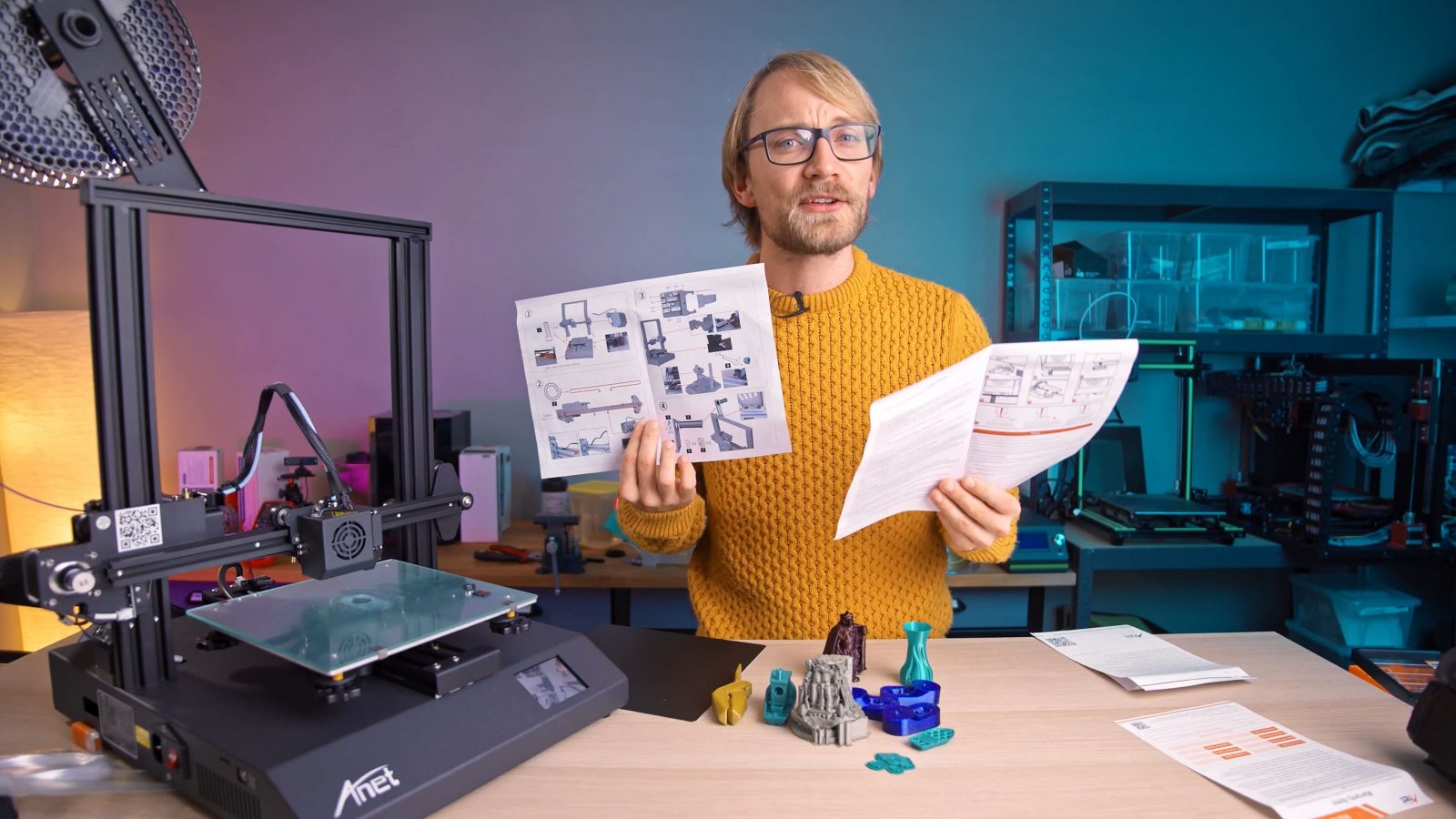
Sure, during unboxing live streams, I’m not always super concentrated, but I found this guide just a little bit hard to follow, especially because it mentions nothing about how you have to adjust the trigger point of the capacitive bed probe before you can even use it. And if you look closely, it does mention adjusting the notoriously loose V-wheels, but not how you’re actually supposed to do that.
Electronics and Firmware
It goes on like that with the electronics and firmware. Everywhere you look, they’re basically saying “look, you probably want to install Marlin on your printer”- and that’s because the proprietary firmware they’re shipping on the ET4 Pro is “not great”. But, oh, there’s a catch – first of all, you need to buy an ST-Link interface because Anet doesn’t ship this thing with a bootloader and, also, by the way, if you do flash Marlin, like, we’re out. Kiss your warranty and any support from us goodbye.
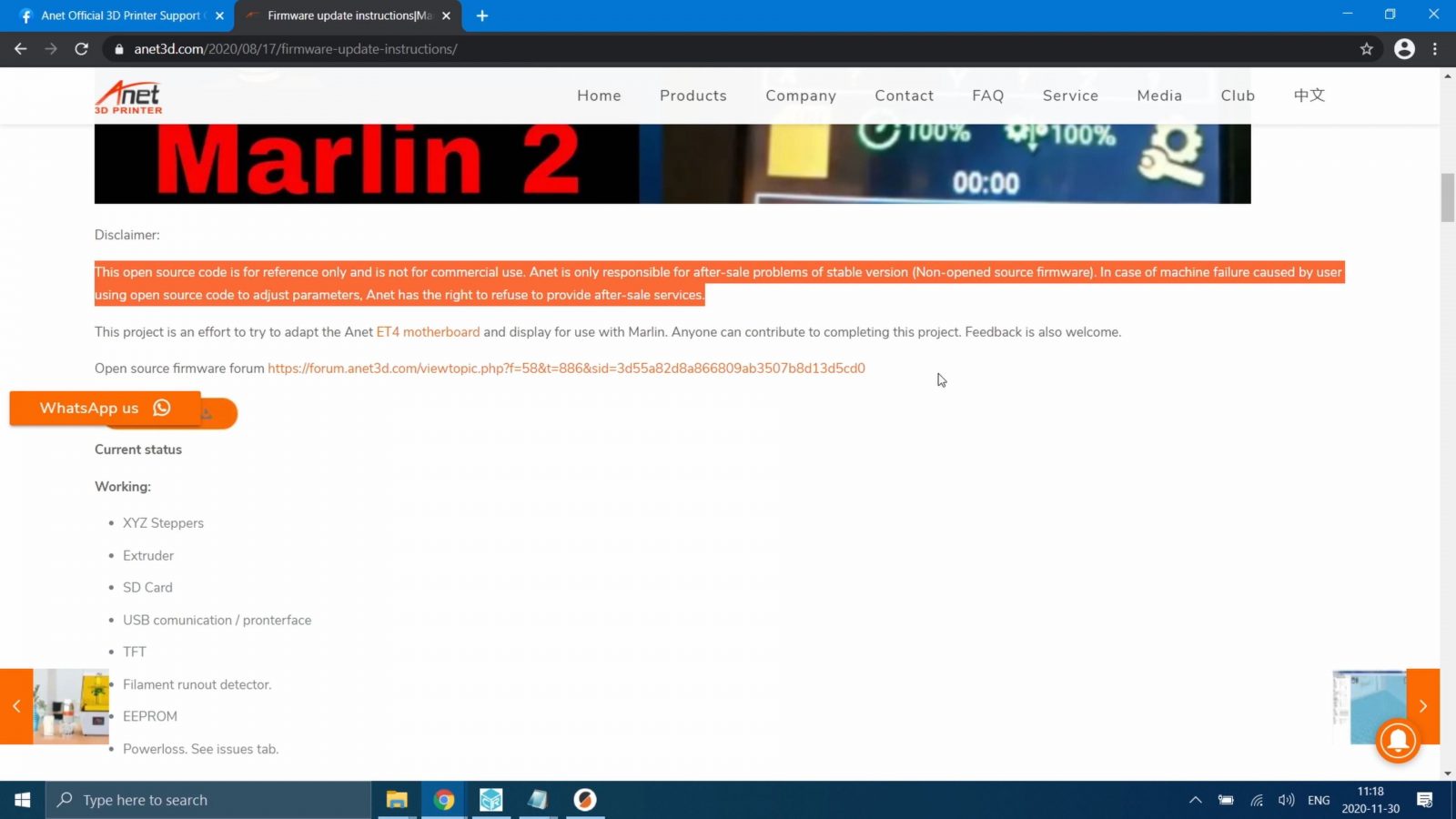
So… why ship the ET4 Pro with this instead of Marlin out of the box? I don’t get it. Especially when the interface they’re giving you on the touchscreen would be a bit nicer with Marlin, and, you know, maybe power loss detection would even work, because, as is, it just lets the printer totally cool down while waiting for you to hit “resume”, and, of course, with a print that’s detached from the bed, there’s no point in trying to resume anything. While I was printing this one, the RCD tripped and power was out for two minutes, but by the time I managed to resume, it was already too late. Now, I don’t know if the printer tripped the RCD or not, but, well…
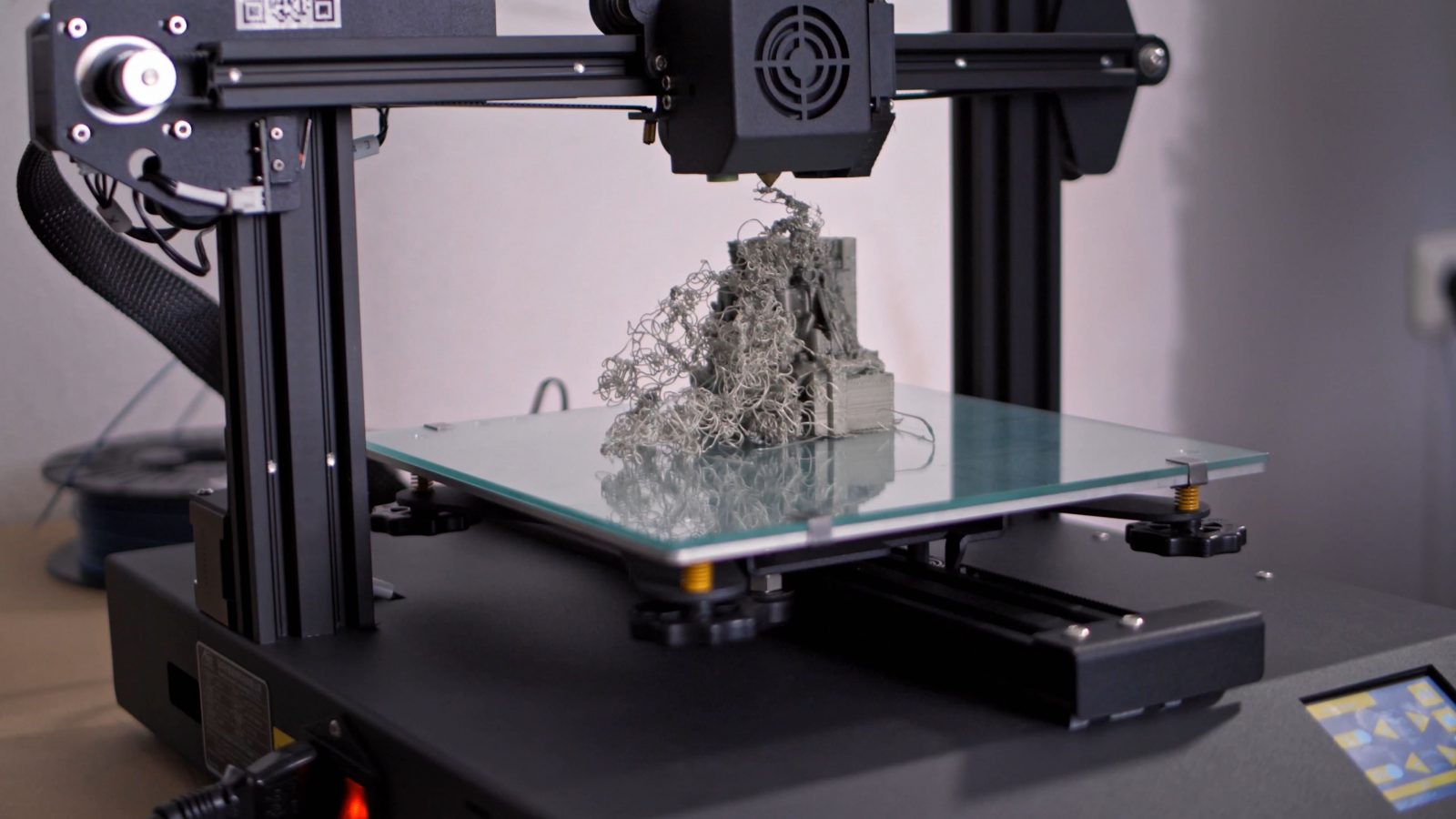
Support
If you’re having problems with your printer, the way Anet recommends you to get help is not through their support form, but in their Facebook groups. That’s more like a self-help thing because Anet is in those groups, but they’re busy sharing pooping toothpaste toppers instead of helping people that are having problems with their printers.
Conclusion
Look, what I’m taking away from my experience with the Anet ET4 “Pro” is that, either, Anet just don’t know any better, they’re trying their best and what we’re seeing is their genuine best effort of getting you a decent printer at a decent price. I mean, things like putting an auto-leveling sensor on the printer and keeping the adjustment screws on the bed and not managing to have straight belt paths definitely are pointing in the direction of “they just don’t know what they’re doing”.
The other option: they’re laughing their glutes off at all these other manufacturers that bother with things like manuals, customer support, and actually testing and tuning the products they ship, because, ha, all those people that don’t know any better will keep buying our Anet printers anyways.
In either case, the resulting experience with the ET4 Pro is revolting. It’s unsuitable for beginners, it’s not good enough for intermediary users, and it surely isn’t a “Pro”fessional machine, like they’re calling it. This is a printer that just shouldn’t exist.
I am absolutely done with Anet. To put it lightly, they’ve had disappointing products year after year and I thought, sure, in 2020, I’d give them another shot because maybe they’ve finally managed to make something worth considering. They didn’t. I’m done with Anet.
Models shown:
Elf Rogue by Strata Miniatures
Armel The Polar Paladin by Loubie3D
3DBenchy by Creative Tools / Daniel Norée
Filaments used:
Das Filament Multicolor Galaxy
Prusament Pearl Mouse and Mystic Brown PLA
💙 Enjoying the videos? Support my work on Patreon!
Product links are affiliate links – I may earn a commission on qualifying purchases (at no extra cost to you)

Check out my second channel “More Layers” on YouTube for livestreams

